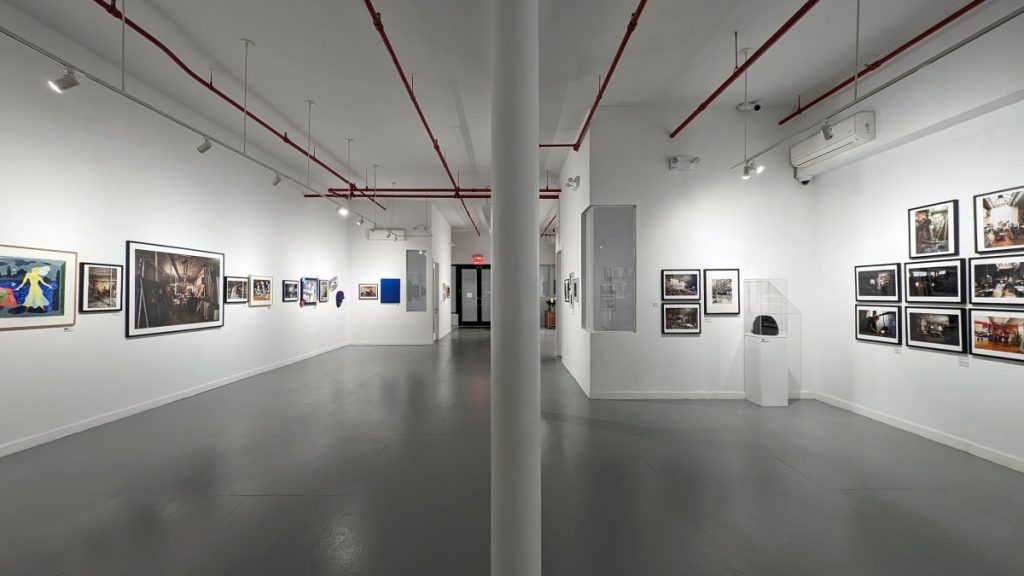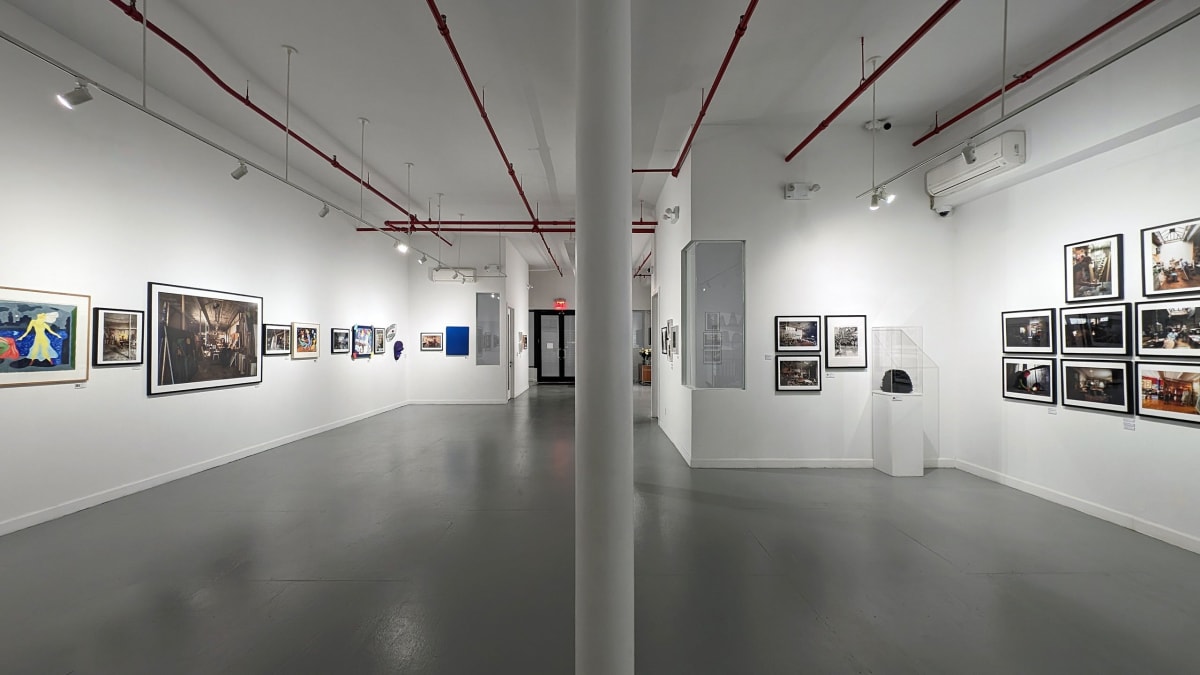
Artists and Galleries Protest Sale of Landmark Chelsea Building

**The Fate of a Chelsea Icon: The Struggle to Preserve an Artist Haven in New York City**
For decades, the warehouse-turned-art hub at 508-534 West 26th Street in Manhattan’s Chelsea neighborhood has served as a sanctuary for the New York art community. A towering 10-story building, this space was more than just a property—it was the realization of a vision spearheaded by Gloria Naftali, a contemporary art gallery owner and philanthropist. Her mission was clear: create an affordable and nurturing environment for artists and galleries, offering a reprieve from the ever-escalating costs of city real estate.
But now, that vision faces an uncertain future.
### A Legacy in Limbo
The seeds for this thriving arts community were sown in 1993 when Naftali purchased the building and began converting its industrial interiors into affordable studios. By 1995, she had opened the Greene Naftali Gallery, one of Chelsea’s first contemporary art galleries. Over the years, the building became home to hundreds of artists and galleries, ranging from veterans like Glenn Ligon and Louise Fishman to emerging talents. The area became a cornerstone of Chelsea’s art scene, drawing patrons and visitors for Thursday night gallery crawls.
After Naftali’s passing in 2022 at age 96, the building’s future became a topic of speculation. According to tenants, she had assured them repeatedly that the building would remain an art haven even after her death. Her will echoed this sentiment, stating it was her “wish” that the space continue to serve as a home for artist studios and galleries. However, crucially, her will included the phrase “no legal obligation,” leaving room for alternative interpretations.
Two years after Naftali’s death, her family’s foundation has listed the building for sale at $170 million. Marketed as a prime piece of Manhattan real estate, the 400,000-square-foot structure could become just another casualty of rampant commercial development in New York City.
### The Arts vs. Real Estate Economics
The Raymond and Gloria Foundation, tasked with managing Naftali’s estate, cites financial strain as the driving force behind the sale. In a statement, trustee Derek Wolman explained that maintaining the building in its current state is financially untenable while still fulfilling the foundation’s mission to support arts, Holocaust education, and anti-antisemitism programs.
However, many tenants—some of whom have been in the building for decades—feel blindsided. “We were told this would always remain a home for the arts,” said Arlene Rush, a sculptor and mixed-media artist who has leased a studio there for 30 years. Others, like artist Judi Harvest, found out about the intended sale through media reports and scrambled to meet with foundation trustees to express their alarm.
### A Tight-Knit Community Under Threat
To those who work and create within its walls, the building is more than just a collection of studios. Alison Bradley, whose gallery has been in the building since 2021, describes it as “the antidote to the corporate contemporary art world.” Christine Berry, co-founder of Berry Campbell gallery, recalls how Naftali regularly visited tenants and fostered a sense of collaboration and camaraderie.
The sense of community extends beyond the building’s walls. Neighbors like Galerie Lelong and Alexander Gray Associates have integrated into the fabric of the Chelsea art ecosystem. For Mary Sabbatino, vice president of Galerie Lelong, the building’s significance is personal. “This space is inextricably tied to our story as a gallery and to the growth of our artists,” she said. Such bonds and histories speak to the unique role the building plays—a role many fear could be lost if it falls into hands driven solely by financial profit.
### A Turning Point for Chelsea’s Art Scene?
The history of Chelsea itself adds an extra layer to this unfolding story. Once a neighborhood of warehouses and industrial spaces, it became a global hub for contemporary art in the late 1990s and early 2000s as galleries like David Zwirner, Gagosian, and others moved in. Yet, as the neighborhood gentrified, skyrocketing rents pushed smaller galleries and studios out, leading to increasing corporatization of the art scene. The sale of 508-534 West 26th Street threatens to accelerate this trend, turning what remains of Chelsea’s artistic diversity into luxury condos or commercial storefronts.
Councilman Erik Bottcher, representing the neighborhood, has stepped in alongside tenants and other elected officials. Together, they aim to explore options that allow the building to remain an artistic hub. Bottcher summarized the sentiment best: “I strongly believe that the tenants should remain in place and that this building should continue to serve as an affordable hub for the arts.”
One potential solution floated by tenants involves raising enough funds—perhaps with support from an art-loving patron or foundation—to compete with corporate bids. Such attempts would require